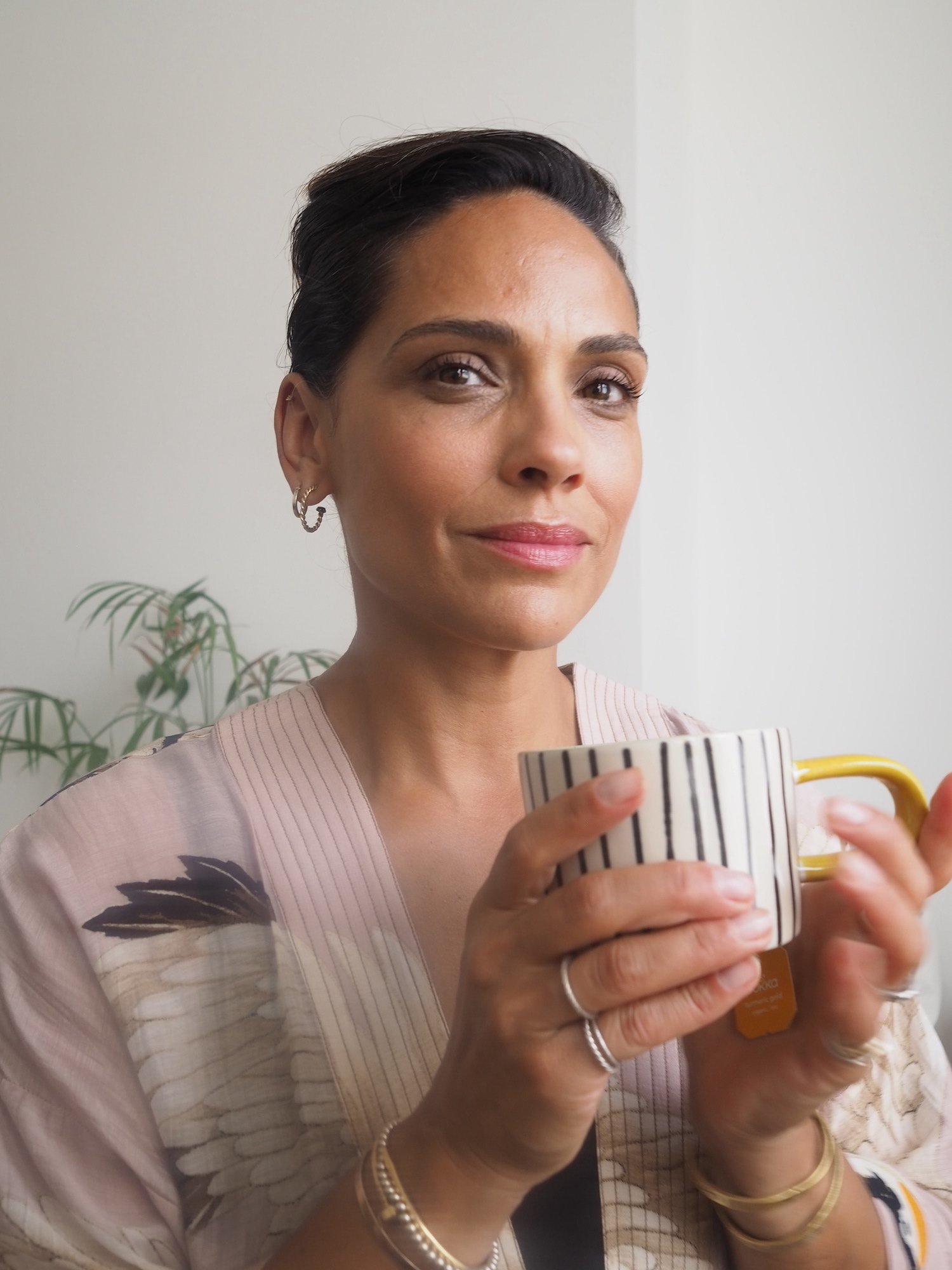4 Easy ways to start or deepen your gratitude journalling practice
Take Time for yourself this Summer with this easy self care ritual
Gratitude journalling is one of the simplest self-care practices to truly care for yourself.
Why Gratitude matters
Whether you are starting your gratitude practice or have been doing it for years, keep reading to learn some tips to help you take this important mindfulness habit to the next level. Read to the bottom to receive a Gratitude worksheet to help you get started!
A practice of daily gratitude has been shown to provide a greater feeling of self-esteem and life satisfaction as well as many other longer-term mental and physical health benefits. The idea of the exercise is to remember a good event, experience, person, or thing in your life—then enjoy the good emotions that come with it to create a more positive outlook overall which has many health and well-being benefits.
Treat Yourself to Beauty
Take time for yourself in style and comfort - I would like to thank Caroline Gardner for working with me to bring you this post with all its lovely accessories to help make taking time for yourself that little bit more beautiful which helps you embody the experience fully, especially in this gorgeous Loungewear
Shop This Post
Sadly the beautiful journal featured below is currently out of stock - email me and I will let you know when it is back!
Why writing and journalling makes a difference
A gratitude practice of making a simple list of 3 to 5 things you are grateful for, writing them down and putting them on paper is an effective way to create more joy and positive feelings and can be a crucial part of your long-term health and well-being. The act of writing them is key for creating the physical evidence helping really etch these thoughts into your mind to help program your thinking towards finding more positive events in your life. And writing in a beautiful comfortable space, with accessories that bring you joy like these pretty notebooks and pens.
Why cultivate a positive outlook? A gratitude practice has been shown to reduce stress, improve sleep, lower symptoms of depression and have many other benefits that will affect the quality of your long-term health.
When to write
Some people like to write first thing in the morning to set themselves up for the day, while others prefer to do it at night to recall the good parts of the day, setting themselves up for a good night's sleep. Whenever you choose to do it, the key is in the writing. Linking the thoughts with the act of writing helps to engrain those words and feelings in the mind, solidifying the relationship between these positive thoughts and a positive outlook and helping create the habit or ritual of gratitude. Maybe start by committing to the practice for 2 weeks and see how you feel. but if you don’t do it every day, it's okay, don’t beat yourself up, just set yourself a reminder, and get back into the habit the next time the reminder is triggered. you could set an alarm on your phone, or link it to an activity like making the first cuppa in the morning or maybe when you get into bed at night
Gratitude Journalling tips for greater impact:
Follow these tips below to take your journalling practice to the next level.
Make your list descriptive to add power to your words. Remember all those adjectives your primary school teachers wanted you to use? Well, it’s time to get them to work for you! For example, instead of “I am grateful for the nice meal I had with my friends” why not try: “I am grateful for the delicious and tasty meal with my dear friends at the new innovative restaurant in town, and for the hilarious conversation we had about that terrible haircut I got I college”
Gratitude for yourself matters. Listing positive traits about yourself increases your capacity for self-love and acceptance. Think of physical attributes, mental and emotional traits, skills and abilities. For example, “I am grateful for my legs that carry me around all day taking me through my life wherever I may go.” “ I am thankful for my talent at preparing healthy delicious meals for my family.” “I am happy I could be there for my friend Alex, who really needs a friend and shoulder to cry on. I am grateful I can be there for my friends in need.”
Categorize: You can also create categories for different parts of your life like work/ career, love/ relationships/ friendships, community etc - the possibilities are endless. Separating out the different categories to give thanks is an easy way to bring joy to different aspects of your day to day.
When things arnt’t rosy: For those darker days when everything seems to go wrong and the world is conspiring against you and you feel that there is nothing to be grateful for, find the most basic things to be grateful for and make a list of 5 things. You can choose the clean air you breathe, the water in your taps, a safe place to sleep. You can be grateful for the sun and the stars or the clothes that keep you warm. If you dig around, there is always something to be grateful for and these are the days when the practice is most important.
Start Small
This practice is meant to be fun and joyful so find a way to make it work for you. It can only take a minute, so find some lovely stationery ( there are some lovely options below) and enjoy looking for the beautiful moments in your life and day. Just start with 3 little things, and work your way up to a regular daily practice of deeper and more descriptive lists as you get into the habit of it. For extra inspiration, download my worksheet here to help you get started!
All Links Affiliate, this post is part of a paid partnership with Caroline Gardner.
Reference for key points:
https://www.mindful.org/the-science-of- gratitude/
https://www.npr.org/sections/health-shots/2018/12/24/678232331/if-you- feel-thankful-write-it-down-its-good-for-your-health
https://greatergood.berkeley.edu/pdfs/GratitudePDFs/2Wood- GratitudeWell-BeingReview.pdf
Further Reading:
https://www.happify.com/hd/the-science-behind-gratitude/













Why I love the ZIIp at home device and you will too (plus a discount code)